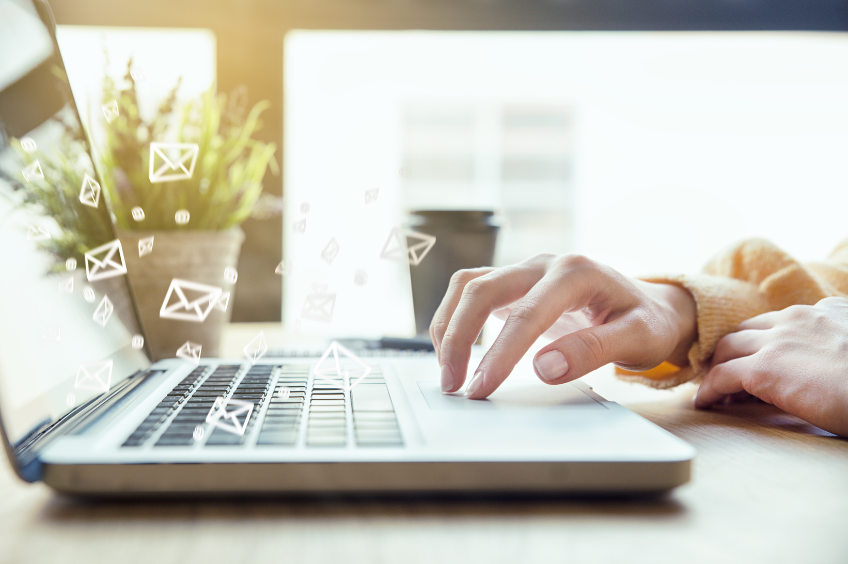
Here are a few quick tips you can incorporate into your daily email correspondence to maintain proper etiquette during the busiest of workdays.
Start with a strong subject line
Most professionals send and receive well over 50 emails a day. Use your emails to communicate essential information efficiently. Start with the subject line, which is often overlooked as a useful tool. When you have a strong subject line, your reader has a good idea of your email message at a glance.
Create a subject line that is meaningful and provides key information. A strongly written subject line will be brief, yet specific. For example, “Finance Committee Meeting Now Thursday at 2 PM” is stronger than “change of date for Finance Committee.”
Know your audience
Are you writing to an internal or external audience? Who needs to be part of this email communication? Avoid overusing CC (copying other contacts), BCC (blind copying other contacts), or reply all. First, you don’t want to waste the time of people who don’t have to be part of the conversation. Second, copying more people on an email might, for example, make your primary reader wary if they think you’re including senior leaders.
Use an appropriate tone
How you write the email is going to depend on your audience. If you’re emailing a colleague you know well and get along with, light-hearted humour might elicit a smile and create a sense of teamwork that’s hard to grasp outside the office. An external audience will require a more formal tone, but it’s still possible to express goodwill. Adding a bit of a personal touch can go a long way, especially if you are working remotely some or all of the time. Striking the right tone of kindness and sincerity can build rapport and even create a sense of global camaraderie.
Be direct when writing the email
It’s courteous and respectful to keep your email focused and succinct. Not sure where to begin? Review our Email Structure that Gets Results to learn how to use the MAD format to quickly create successful emails.
Choose greetings and sign-offs carefully
Proceed with caution when you type greetings and sign-offs that may be perceived as too casual or even insensitive. For instance, starting with “Hey there” and ending with “Cheers” might feel conversational; however, some readers might find it to be too familiar. Also, while ending an email with “make it a great day” might feel cheerful to some, it can cause anxiety for those who might be sick or close to someone who is. Try to put yourself in the receiver’s shoes and consider how you might feel if you got this email. It’s hard to know what the right thing to say is—try to find a balance between compassion and professionalism, trust your instinct and remember that you may not realize when someone is struggling.
Adjust your expectations
Given the hectic pace of many work environments, it may take longer than you anticipate for your reader to respond. Have patience and be considerate of others’ time—it’s just as important as your own. Even if you write in the body of your email that you request a reply by a certain date or time, you don’t know when the reader will actually read it. If you require an immediate response, it’s probably best to pick up the phone.
To get these tips sent directly to your inbox, sign up for our monthly newsletter.








